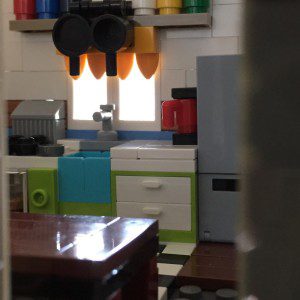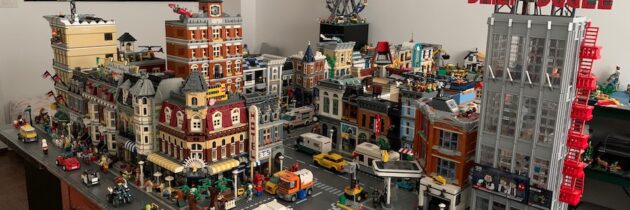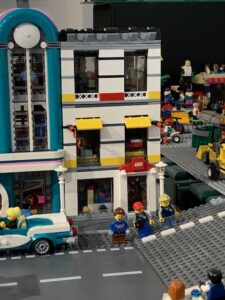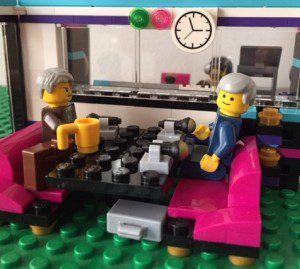How Long Does It Take to Build…?
 Last Wednesday, February 2, was #WorldReadAloudDay, and many authors visited schools (for the most part, virtually) to read from and talk about their books. I had 30 minutes to read and answer questions from my #KidsNeedMentors class at Grange Elementary School in Dundalk, Maryland, which wasn’t enough time. I read two of the beginning poems from Moonwalking, and there were so many wonderful questions that I couldn’t answer them all, nor could I recommend the two recently published verse novels I’d chosen and that the kids can read right now, since Moonwalking won’t be out until mid-April.
Last Wednesday, February 2, was #WorldReadAloudDay, and many authors visited schools (for the most part, virtually) to read from and talk about their books. I had 30 minutes to read and answer questions from my #KidsNeedMentors class at Grange Elementary School in Dundalk, Maryland, which wasn’t enough time. I read two of the beginning poems from Moonwalking, and there were so many wonderful questions that I couldn’t answer them all, nor could I recommend the two recently published verse novels I’d chosen and that the kids can read right now, since Moonwalking won’t be out until mid-April.
I got a lot of questions about my Lego town and was able to show them — though at a distance — the new Boutique Hotel. I told them to check out my last post to see the staircase I built so Little Brick Township’s residents can walk to that part of the town safely. One of the topics that kids raised and that I was not able to address fully was, “How long does it take to build each building?”
Most of the buildings I construct from Lego’s kits take about a week. I know people who can build them in an evening, but taking time and savoring the process is part of the fun. These kits are too expensive to rush through only for the final product. (If you want the final product only, by the way, I will build and ship it to you for a reasonable fee.) A couple of the fourth graders talked about how long it took them to build, which came to several weeks in at least one case.
As far as my original buildings, these can take anywhere from a few days in the case of the Modular Lego Store to well over a year for the Amsterdam Houseboat. Delays often occur because of missing parts. I originally wanted to build a two-story houseboat with a pontoon hull but couldn’t find the right parts, so I kept the original hull and made the boat single story with a deck on top — a much less top-heavy design. Leaving parts and redesigns aside, MOCs generally take me less time to build that the kits. The reason why is that I start with the pieces I have rather than searching for the pieces shown in the directions.
That said, I often take apart my MOCs and start over if I decide that another design or layout is better. The brick separator that comes with all large kits is an essential tool for any MOC builder. With my first Modular MOC, the radio station, I dismantled the entire ground floor because I preferred the tan baseplate to the green one. Since then, I’ve also installed a roof garden and more spaces for posters — created from printed tiles from the short-lived Vidiyo series — in rooms on the upper floors.

The kitchen, seen from the front door. It came from the Painting Easter Eggs set that I modified and built into the MOC wall.
My style of building MOCs — starting with the materials I have and seeing where they take me — corresponds to the writing process of a “pantser,” someone who begins a project with a setting, a few characters, and maybe a vague notion of an ending and following the characters wherever they lead. Pantsers can generate a lot of pages quickly, but many of those pages end up cut when the novel turns up rudderless in the middle. I used to be more of a pantser than I am now, because it was fun to experience life as my characters did. But unlike my MOCs, many of those novels failed. In some cases, they failed several chapters in, or halfway — sitting on my hard drive gathering virtual dust the same way my real Amsterdam Houseboat gathered dust on my end table because I didn’t have the right parts and didn’t know where I was going with it. In two heartbreaking cases, I’d finished the entire project and poured years into writing and revising. But unlike my Radio Station MOC, which is a homely building with a far more impressive interior, these two YA novel manuscripts with fatal flaws (one lacking layers; the other with a too-passive protagonist) don’t have a tangible form. They can’t be slotted into a town where, like any town or city, some buildings are more appealing than others.
At the same time, I do like my characters to surprise me. When I’ve carefully outlined my books, I’ve either abandoned them at that point or else gone rouge on the outline. While some elements of Moonwalking, for instance, correspond to our original proposal, about 60 percent is different, including the fact that Pie and JJ do not start a band together. In that sense, my writing style has evolved to one where I maybe start with the Lego kits but end up modifying them. The best of both worlds!
Oh, and the book recommendations I didn’t have time to give. Both of them are recently published verse novels for middle grade readers. Set in the 1980s like Moonwalking, Rajani LaRocca’s Red and White and Whole portrays an Indian-American middle schooler who fights with her parents over her disdain for their traditions and her desire to be like her “American” friends. But when her mother, a doctor, is diagnosed with leukemia, Reha blames herself and believes following her parents’ rules and the tenets of their faith will cure this deadly illness.
My other recommendation is a contemporary verse novel, one so contemporary that it’s set in the early months of the Coivd-19 pandemic. In Joseph Bruchac’s Rez Dogs, the lockdown comes when Malian is with her grandparents on their upstate New York reservation while her parents are home in Boston. This sixth grader takes classes remotely and endures the separation and isolation necessary to protect her elders, while their stories and a stray dog sustain her and help her grow during this difficult time.










Great recommendations, Lyn! Also, it’s nice to know how long it takes for you to do the builds. Reminds me of writing. A piece of writing can take a few days or a year.